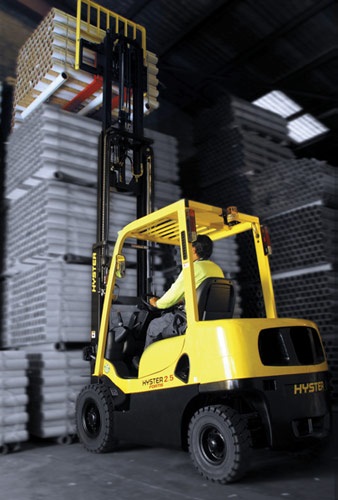Forklift Usage Tips: Load Lifting Checklist
What’s so hard about lifting a load? Picking up a load may seem like a simple manoeuvre, yet if not done properly, injury and damage can occur. When dealing with forklifts; taking shortcuts will open you up to a large amount of risk that you are better off without. Below are some useful tips that should always be in the back of your mind when lifting a load on your forklift.

- Ensure that the load is within the rated capacity of the forklift (take into account the load centre as well as the mass). If unsure of the weight of the load check the consignment note or drivers manifest.
- Ensure that the load is not top heavy, unstable, projecting or unequally lifting.
- Ensure the pallet is evenly distributed. If not, re-stack the pallet prior to lifting.
- If you must carry an unbalanced load, ensure that the heavy end is against the heel of the fork arms.
- Check the condition of load supports (e.g. pallet, container). The sudden collapse of block stacking has often been caused by these items being damaged or deteriorated. If the load is sitting on a damaged pallet, remove the load and restack it on an undamaged pallet prior to lifting.
- Bagged goods should be transported and stored on pallets. Bags should be cross stacked and stepped (pyramid shaped) above 1.5 meters.
- When travelling with a large load that obscures your vision, travel in reverse or use another person to guide you
- Always consider the ‘journey’s end’ of a load before picking it up. A convenient position of a load from pick up may not be convenient for stacking.
- It is good practice not to attempt to lift or carry (at one time) more than one loaded pallet of any type, nor more than one unloaded container type pallet.
- Use a load backrest extension when handling loads which are high or segmented.
- Ensure the forks are spread sufficiently apart to ensure stability of the load and ensure that there is ample clearance beneath the load to insert the forks.
Special attachments can be used to lift irregular or unusual loads however, if using special attachments such as spreader bars, reach forks or raw clamps you must ensure:
- You know the new capacity with attachment fitted.
- The attachment has been fitted correctly.
- You are aware of the manoeuvrability the forklift with the attachment.